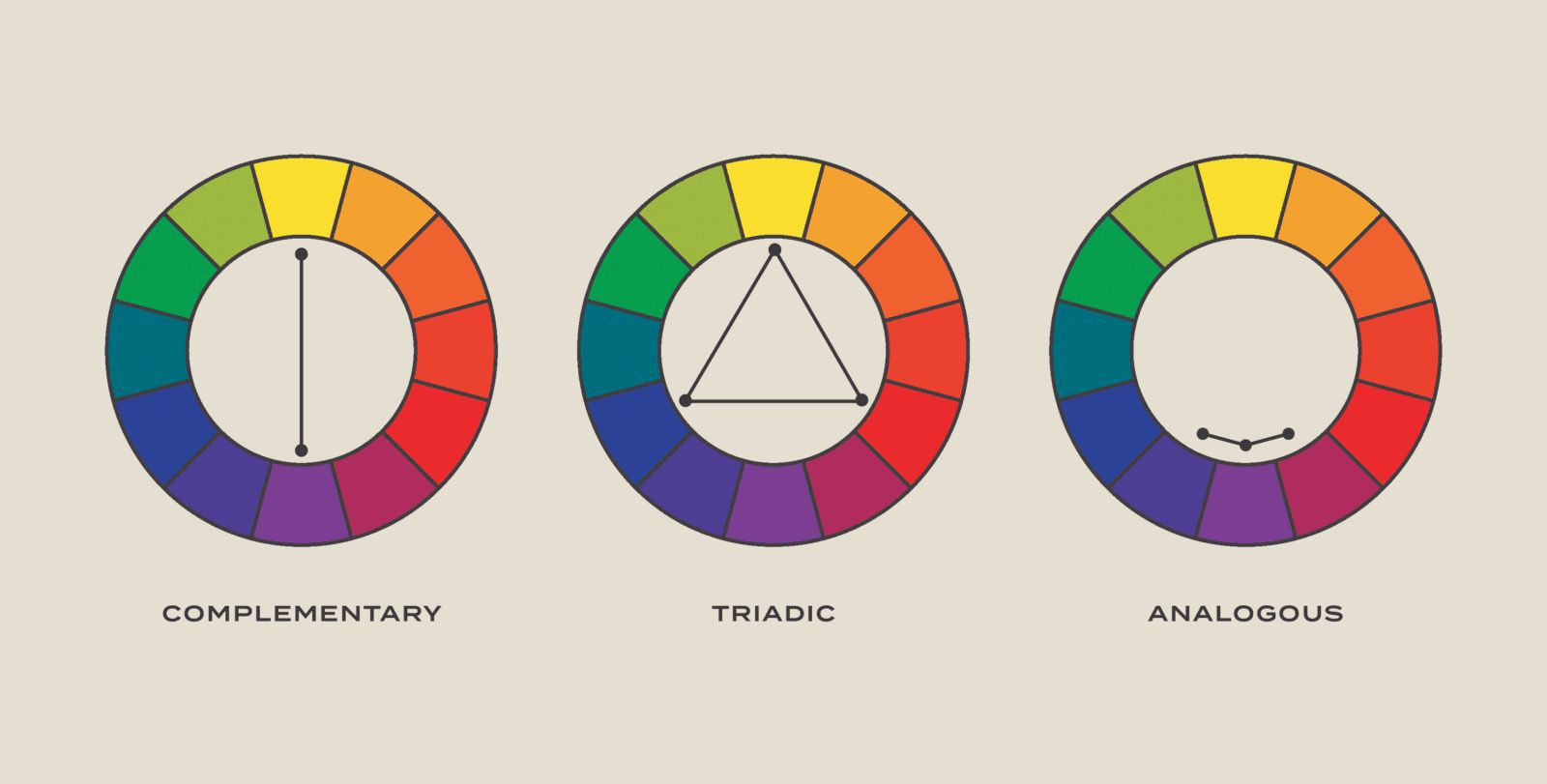
Color theory is a fascinating subject that blends art and science to explain how colors interact, mix, and affect our perception. Ever wondered why certain colors make you feel calm while others energize you? Color theory holds the answers. It dives into the color wheel, primary, secondary, and tertiary colors, and how they combine to create harmony or contrast. Understanding color theory can enhance your creativity, whether you're a budding artist, designer, or just someone curious about the world of colors. Ready to learn some cool facts? Let's dive into the vibrant world of color theory and see how it shapes our everyday lives.
Key Takeaways:
- Color theory explains how colors work together and affect our emotions. It helps artists and designers create visually appealing and balanced designs using primary, secondary, and tertiary colors.
- Colors have psychological and cultural significance, and they play important roles in nature, art, and design. Understanding color theory can help us appreciate and use colors effectively in our everyday lives.
What is Color Theory?
Color theory is the science and art of using color. It explains how humans perceive color, how colors mix, match, or clash, and the messages colors communicate. Understanding color theory can help in creating visually appealing designs.
-
Primary Colors: Red, blue, and yellow are primary colors. They can't be made by mixing other colors.
-
Secondary Colors: Green, orange, and purple are secondary colors. They are created by mixing two primary colors.
-
Tertiary Colors: These are made by mixing a primary color with a secondary color. Examples include red-orange and blue-green.
The Color Wheel
The color wheel is a circular diagram of colors arranged by their chromatic relationship. It helps in understanding how colors interact.
-
Invented by Sir Isaac Newton: The first color wheel was created by Sir Isaac Newton in 1666.
-
Complementary Colors: Colors opposite each other on the wheel, like red and green, are complementary. They create high contrast.
-
Analogous Colors: These are next to each other on the wheel, like blue and green. They usually match well and create serene designs.
-
Triadic Colors: Three colors evenly spaced around the wheel, like red, yellow, and blue, form a triadic scheme. They offer vibrant contrast.
Color Harmony
Color harmony refers to the pleasing arrangement of colors. It creates balance and order in visual experiences.
-
Monochromatic Scheme: Uses variations in lightness and saturation of a single color. It's simple and elegant.
-
Split-Complementary Scheme: Involves a base color and two adjacent to its complement. It offers high contrast with less tension.
-
Tetradic Scheme: Uses four colors arranged into two complementary pairs. It offers plenty of possibilities for color variation.
Psychological Effects of Color
Colors can influence emotions and behaviors. Different hues can evoke different feelings.
-
Red: Often associated with energy, passion, and danger. It can increase heart rates.
-
Blue: Linked to calmness, trust, and stability. It can lower blood pressure.
-
Yellow: Represents happiness, optimism, and warmth. It can stimulate mental activity.
-
Green: Symbolizes nature, growth, and tranquility. It can have a calming effect.
-
Purple: Associated with royalty, luxury, and creativity. It can inspire imagination.
Cultural Significance of Colors
Colors can have different meanings in various cultures. What one culture sees as positive, another might see as negative.
-
White in Western Cultures: Often symbolizes purity and weddings.
-
White in Eastern Cultures: Can represent mourning and funerals.
-
Red in China: Symbolizes good luck and prosperity.
-
Black in Western Cultures: Often associated with mourning and elegance.
-
Black in African Cultures: Can symbolize maturity and masculinity.
Color in Nature
Nature provides a rich palette of colors, each serving a purpose in the environment.
-
Camouflage: Many animals use color to blend into their surroundings and avoid predators.
-
Warning Colors: Bright colors in nature, like the red of a poison dart frog, often signal danger.
-
Attraction: Flowers use vibrant colors to attract pollinators like bees and butterflies.
Color in Art and Design
Artists and designers use color to create mood, convey messages, and evoke emotions.
-
Impressionism: This art movement used color to capture light and natural forms. Artists like Monet used vibrant colors.
-
Modern Design: Uses color to create clean, simple, and functional aesthetics. Think of the bold colors in Bauhaus designs.
-
Digital Art: Color theory is crucial in digital art for creating visually appealing and effective designs.
Fun Facts about Color
Color can be fascinating and surprising in many ways.
The Vibrant World of Color Theory
Color theory isn't just for artists. It shapes our daily lives in ways we might not even notice. From the clothes we wear to the ads we see, colors influence our emotions and decisions. Knowing a bit about primary, secondary, and tertiary colors can help you make better choices, whether you're decorating a room or designing a website. Complementary colors can make things pop, while analogous colors create harmony. Warm colors like red and yellow can energize a space, while cool colors like blue and green can calm it down. Understanding color psychology can even boost your mood or productivity. So next time you pick out an outfit or paint a wall, remember these facts. They might just make your world a little more colorful and interesting.
Frequently Asked Questions
Was this page helpful?
Our commitment to delivering trustworthy and engaging content is at the heart of what we do. Each fact on our site is contributed by real users like you, bringing a wealth of diverse insights and information. To ensure the highest standards of accuracy and reliability, our dedicated editors meticulously review each submission. This process guarantees that the facts we share are not only fascinating but also credible. Trust in our commitment to quality and authenticity as you explore and learn with us.
